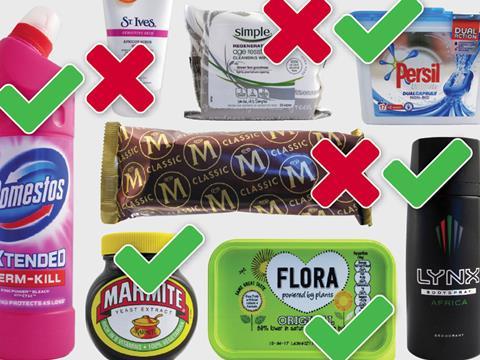
Unilever’s timing was impeccable. On the eve of the 2017 World Economic Forum in Davos, the fmcg giant made a bold new pledge to ensure all its plastic packaging globally is fully reusable, recyclable or compostable by 2025.
So why and how will it do this? What challenges is it likely to face in the eight years to its self-imposed deadline? And what is the significance to Unilever, the wider industry and the planet?
Unilever says treating plastic packaging as a “valuable resource to be managed efficiently and effectively” is a key priority in its ongoing work to achieve the UN’s Sustainable Development Goal 12, which aims to reduce waste generation substantially through prevention, reduction, recycling and reuse by 2030.
And under its so-called Unilever Sustainable Living Plan, launched in 2010, it had already committed to slash the weight of its packaging this decade by a third, and to increase the use of recycled plastic content to at least 25% by 2025 against a 2015 baseline.
Indeed 80% of the plastic in Unilever’s packaging is already recyclable across 40 brands in the UK (though the figure is lower globally).
Yet CEO Paul Polman admitted it was pressure from his wife Kim - who was “irritated that its packaging couldn’t always be recycled” - that persuaded him to go the whole hog.
The starting point will be to publish the full ‘palette’ of plastic material it uses by 2020, in a bid to create a ‘plastics protocol’ for the fmcg industry.
In this spirit of collaboration, it also intends to share the results of its investment to solve the conundrum of recycling multi-layered sachets (flexible, bag-like packs that typically contain liquid or powder).
Black plastic
Of the remaining 20%, one of the most difficult challenges it faces will be black plastic. “It’s a real problem. Not so much for us actually, though we do use it, but for the food industry as a whole. With all those black plastic trays, it represents a real problem as it can’t be recycled,” says Charlotte Carroll, sustainable business and communications director, Unilever UK & Ireland.
Unilever is already making a significant shift away from PVC and is looking to focus on polyester, polypropylene and high-density polyethylene, as well as more recycled plastic content in its packaging, use of which is “really low”, Carroll admits.
But the biggest challenge will lie in transforming more complex packaging. “In the case of food products, for example, we will use packaging not only to maintain quality and shelf life but also to offer additional functionality such as resealability,” she says. “These functional requirements often require a combination of materials, each playing a specific role.”
These multi-component sachets will prove the most difficult, agrees Phil O’Driscoll, head of NPD at Parkside, a packaging manufacturer specialising in fmcg. “The components are difficult to separate so investment in recycling infrastructure is likely to be prioritised towards established, higher-value rigid plastic streams. Collection is also a challenge as it weighs very little, so you need high volumes to make an impact. It will take a more radical approach to overcome some of these hurdles.”
Some products will likely migrate from multi-layered plastic to less complex materials, says Carroll. “But some will remain, and for these products we need the technology available to process the material.”
But as important as Unilever’s efforts are, packaging and sustainability experts believe Unilever’s greatest obstacles may lie elsewhere.
The first obstacle is convincing consumers to dispose of their plastic packaging in an environmentally responsible manner. “A circular economy relies on everyone participating to make it successful,” insists Ed Silk, head of strategy at branding and design agency Bulletproof. “If the end user is not as committed or as informed on the life cycle of the plastic then, no matter what Unilever does, it won’t address the fundamental issues associated with plastic waste.”
Greater engagement of the public will be necessary to “improve the quality of waste streams, and therefore make the economics more viable for plastics recyclers” adds the British Plastics Federation’s Barry Turner.
Infrastructure
O’Driscoll also foresees the need for “a large capital investment in infrastructure” to make it work. “Currently only 65% of UK local authorities provide a collection for plastic bottles as part of their service, according to Wrap. These figures should and could be higher while including a wider variety of materials to be collected and recycled.”
Unilever recognises the need for a collaborative approach that has to involve all influential bodies along a ‘value chain’ - from suppliers and manufacturers, to governments, local authorities, and environmental associations.
As well as stopping plastics entering our waterways in the first place, Polman believes “we need to work in partnership with governments and other stakeholders to support the development and scaling up of collection and reprocessing infrastructures, which is so critical in the transition towards a circular economy.”
Carroll would also like to see strict material-specific recycling targets for local government, recycling programmes that are easier, and harmonised collection schemes across the country.
“Value chain partnerships are essential in providing critical mass. This requires government and the various private sector players all working together. It is critical governments ensure comprehensive waste management systems are in place - systems that encourage all generators of used products and packaging to favour recycling over disposal.”




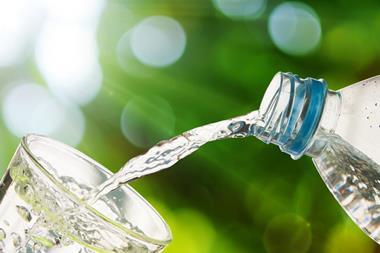


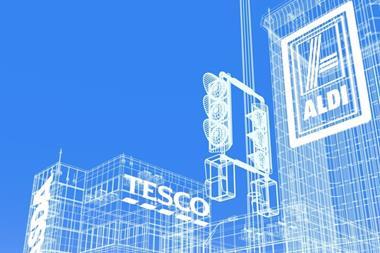
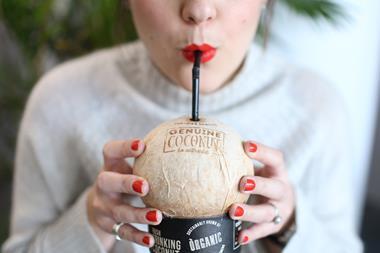
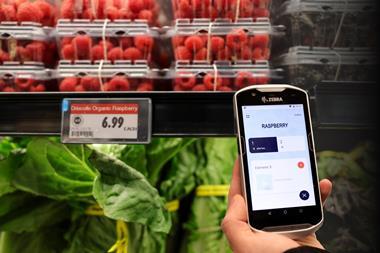
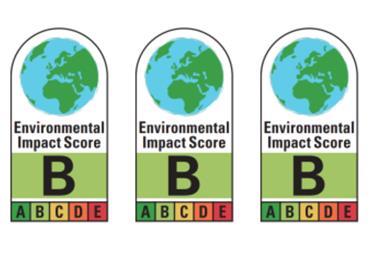




No comments yet